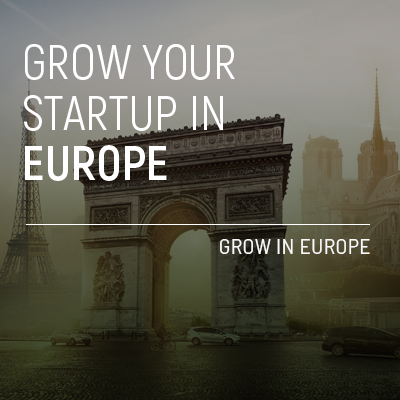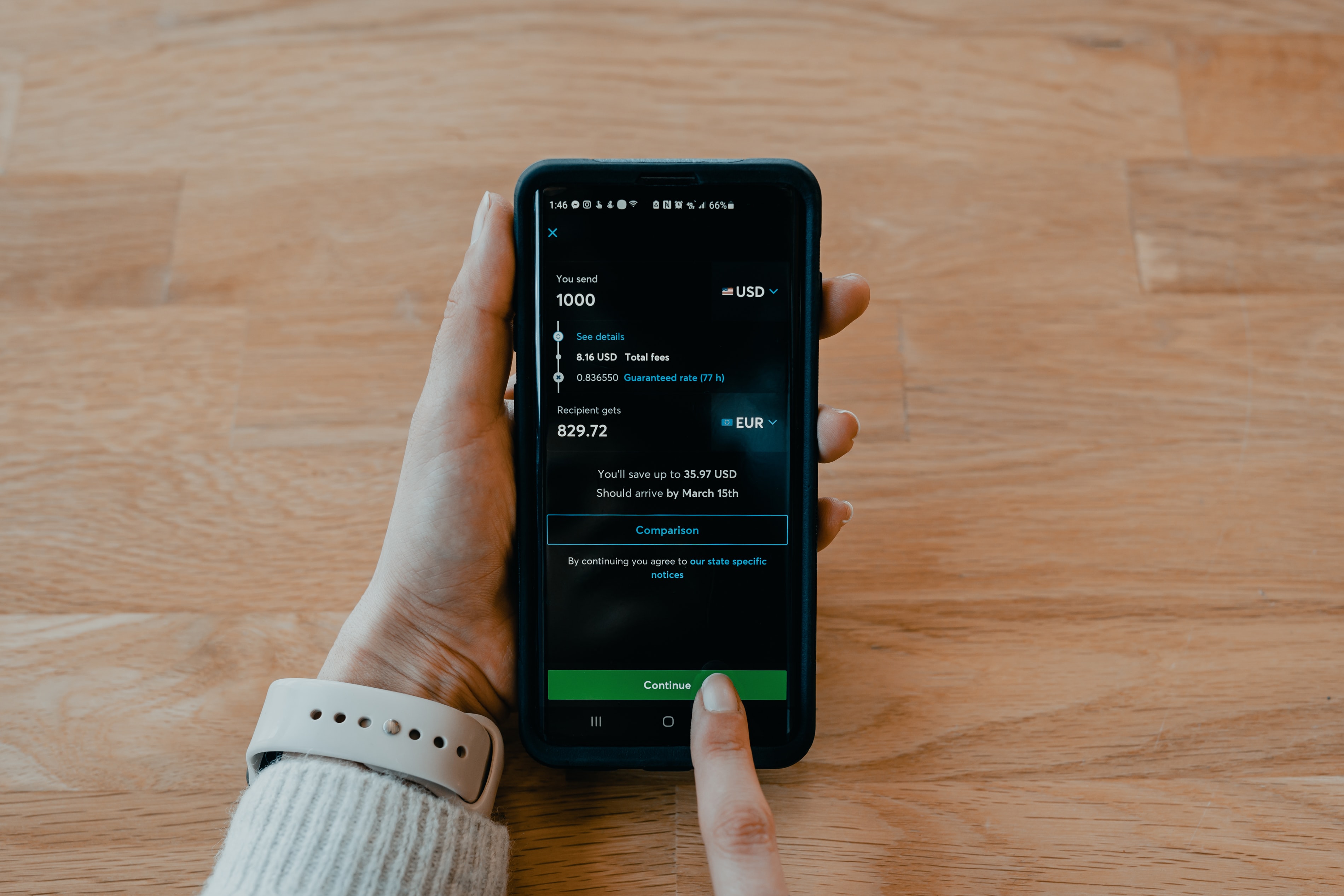Whether we like it or not, AI is changing everything – and much faster than many people realize. One McKinsey analysis predicted that by 2030, up to 30% of current jobs will be automated, especially by AI.
Of course, some will adapt, but many risk falling behind. Unfortunately, women are much more likely to fall into the second category: research shows that women are much more reluctant to use AI tools at work than men.
That disparity is what led three women – Stephany Oliveros, Maja Završnik and Kristina Talova – to launch SheAI, a Barcelona-based, UN-backed organization that’s helping close the gender gap in artificial intelligence through community-first education.
Their mission is to empower women with the skills and confidence to thrive in an AI-driven future – and to shape that future on their own terms.
With a shared passion for tech and social impact, the three co-founders initially envisioned launching a general AI upskilling organization. However, while researching adoption trends, they became aware of how deeply gender disparities pervaded across the AI space. Not only do women use AI 25% less than men do – only around 22% of AI jobs are held by women.
So, they set out building SheAI to tackle this disparity by empowering women to embrace AI and also shape its future development.
Today, SheAI is a growing learning community offering self-paced courses in AI literacy, entrepreneurship and industry-specific use cases. All are designed to be accessible and tailored to how women actually learn. That means a strong focus on community, not just content. Peer support, mentorship, live webinars and WhatsApp groups are all part of the experience.
“We’ve found that women often feel more confident learning together,” said Završnik. “Traditional tech spaces don’t always create room for that.”
And it’s already working. For instance Strato Design, a graphic design company boosted productivity by 30% after a one-hour workshop. Future Woman, a health tech company, said their SheAI session made them feel like they’d “hired an army” by showing how to automate their data workflows.
The women at SheAI are working hard to help both individuals and organizations scale with AI. For individuals, SheAI offers bite-sized courses, live events, webinars, and certifications endorsed by the United Nations – with an upcoming freemium subscription (launching in September) that blends free learning with premium access to specialized courses and expert support. On the corporate side, they deliver engaging and interactive workshops with a focus on responsible AI adoption and compliance with regulations like the EU AI Act.
And the team is only just getting started. They are already planning to develop an AI-powered learning app that gamifies progress and tailors content to user goals: a “Netflix for AI upskilling,” as the team have called it. Down the line, they envision a female-centered language model trained on ethical data and tools that adapt to women’s cycles and productivity patterns.
Their mid-term goal is to expand across Europe and Latin America, starting with Spanish-language courses and partnerships with female-led NGOs. “There’s so much talent and drive in Latin America,” said Oliveros, who is Venezuelan. “But access is still a massive barrier. We want to bridge that gap.”
Their thinking is that as corporations lean further into AI automation, more workers – especially women – will need to become entrepreneurs to stay economically active. But in this new world, AI fluency is a must.
“We’re facing a moment where technology could either widen the gender gap – or close it,” says Završnik. “SheAI exists to make sure it’s the latter.”
The AI space has long been flooded with hype, but SheAI stands out for its purpose and its practicality. It’s an ambitious attempt to democratize one of the world’s most disruptive technologies – using empathy, inclusion and education as the vehicle.
And with women still largely absent from AI design rooms, their mission couldn’t be more timely.





